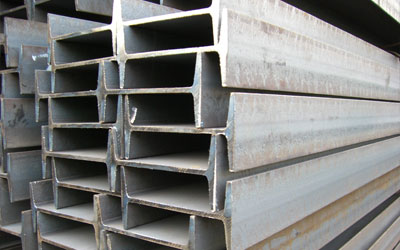Description
Types of Steel Beams
Types of steel beams based on support
• Simply supported beams: These beams are supported at the ends and are free to rotate.
• Fixed beams: These are supported at the ends but cannot rotate.
• Over-hanging beams: This kind of beam extends beyond its support on one side.
• Double over-hanging beams: These extend beyond the supports on both ends.
• Continuous beam: Extends for two or more supports.
• Cantilever: Fixed on one end but projecting outwards
• Trussed beam: This beam is reinforced by a rod or a cable to make a truss.

